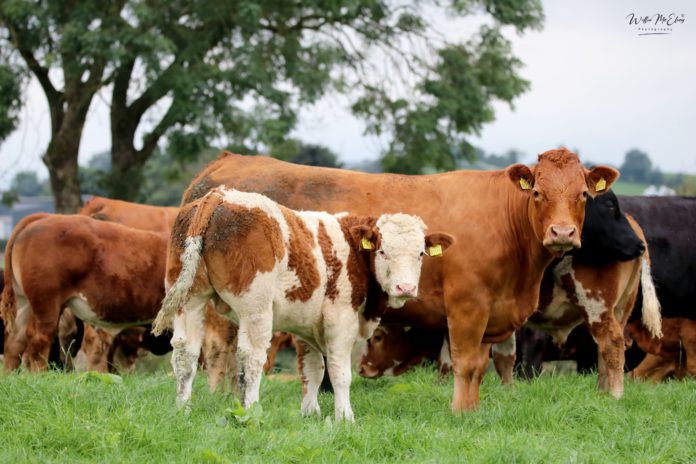The government has today (Thursday, November 4th, 2021) published its Climate Action Plan.
It provides a detailed plan for taking “decisive” action to achieve a 51% reduction in overall greenhouse gas emissions by 2030.
The government said it sets Ireland on a path to reach net-zero emissions by no later than 2050, as in the Programme for Government and set out in the Climate Act 2021.
Climate Action Plan
The government said the plan will:
- Put Ireland on a more sustainable path;
- Cut emissions;
- Create a cleaner, greener economy and society;
- Protect Ireland from the “devastating” consequences of climate change.
“It is a huge opportunity to create new jobs and grow businesses in areas like offshore wind; cutting-edge agriculture; and retrofitting, making our homes warmer and safer,” they said.
The plan lists the actions to deliver on climate targets and sets indicative ranges of emissions reductions for each sector of the economy.
The government will update it annually, including in 2022, to align with Ireland’s legally binding economy-wide carbon budgets and sectoral ceilings.
They said this plan makes Ireland one of the most ambitious countries in the world on climate.
Agriculture
The government confirmed that the agricultural sector will have to cut its greenhouse gas emissions by 22-30% by 2030.
The report states that “agriculture is the largest source of emissions, representing 37.1% of total national emissions in 2020, based on provisional estimates”.
Minister Charlie McConalogue, said the “most ambitious Climate Action Plan ever produced, places farmers at the very centre”.
He stated it sets ambitious climate mitigation targets for farming. However, he said it also recognises the special position of the sector in producing high-quality food, and supporting a balanced regional economy.
The plan acknowledged that “farmers know the land better than anyone”.
The government said it will “empower farmers with a science-based approach, based by robust research”.
Measures
Some of the key agriculture-related measures in the plan include:
- Increase the uptake of “GHG-efficient farming practices”;
- Improve animal breeding/ genetics and feeding – Number of dairy herds carrying out milk recording from 50% to 90%, and increase suckler-beef herd weight recording from 30% to 70%;
- Feed additives to reduce biogenic methane;
- Agroforestry;
- Palaudiculture;
- Nutrient management;
- Increase organically farmed land almost five-fold to 350,000 hectares from 74,000ha;
- Manage emissions from Ireland’s dairy herd and “transform” its beef production model and improve productivity;
- Also, produce 1.6 TWh of indigenous, sustainably produced biomethane per year;
- Create new biomethane business opportunities;
- Review diversification opportunities for farmers. These include energy production, agroforestry, forestry, woodland creation and biomethane and energy production;
- Reduce nitrous oxide emissions: “Significantly” reduce chemical nitrogen fertiliser use to 325,000t/annum; 65% of straight Calcium Ammonium Nitrate to be replaced by protected urea (or other protected nitrogen products) 90% uptake of Low Emission Slurry Spreading.
- Improve animal feeding: Reduce crude protein content of livestock feeding stuffs to minimise nitrous oxide and ammonia loss, while utilising feed additives during housing period;
- Early finishing of cattle: Reduce the average age of slaughter of prime animals from 27 to 24 months by 2030;
- Contribute agricultural feedstocks to the production of 1.6 TWh per annum of indigenous sustainably produced biomethane for injection into the gas grid by 2030: 1.6 TWh biomethane injected into the gas grid;
- Carbon farming: Explore developing a carbon farming model
- Methane reducing feed additives for pasture-based solutions: Explore the potential for methane reducing feed additives for pasture-based solutions
Land use:
- Improve management of at least 450,000 hectares of grasslands on mineral soils;
- Reduce management intensity (water table management) of 80,000 hectares on drained organic soils by 2030;
- Conduct a land-use review to ensure that optimal land use options inform all relevant government decisions;
- Increase afforestation with new forestry programme to launch in 2023 [37-58% reduction in emissions by 2030];
- Further bog rehabilitation;
- Improved management of grasslands on mineral soils;
- Finally, rewetting of organic soils.





